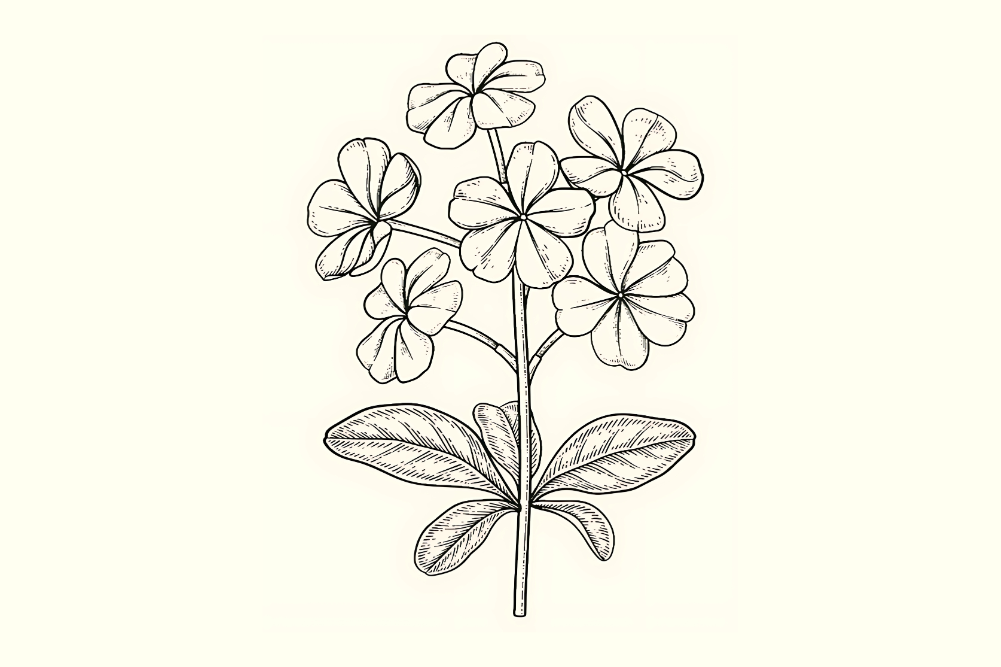Bread Wonders: A Global Journey Through History and Varieties
The world is a bread lover’s paradise, bursting with an abundance of different kinds of creations from all corners of the globe. Grab a slice of history, brush up on your bread intelligence and be inspired by the endless possibilities of this timeless, satisfying staple food.
A brief history of bread
Tracing the culinary history of bread from its origins to today is a journey that spans millennia. It all began in ancient civilisations like Egypt and Mesopotamia, where resourceful bakers stumbled upon the magic of naturally fermenting ground flour and water. In ancient Greece and Rome, bakers developed specialised milling methods and fancy ovens as bread became a staple food in these countries. Next, bread-making techniques spread throughout Europe. The Middle Ages brought bread guilds and a whole new level of expertise. Next came the Industrial Revolution, shaking up the baking world with mechanical flour mills, along with the rise of refined white flour. Modern bread production became industrialised, yet also ushered in a resurgence of traditional and artisanal methods. Today, bread is diverse, with regional varieties worldwide, and it continues to be
a staple food enjoyed in countless forms and styles.
Varieties of bread
Wholemeal Bread: Made from flour that includes the ground entire grain, this classic bread offers a wholesome and nutty taste. Packed with fibre and nutrients, it’s a great everyday choice for those seeking a healthy option.
Rye Bread: Delve into the realm of rye, a darker-hued grain that lends itself to make dense and slightly sour bread. Pumpernickel bread is a special type of rye bread made from coarsely ground rye. The distinct flavour of rye bread pairs perfectly with either sweet or savoury toppings.
Gluten-Free: This refers to any bread made without gluten, a protein found in wheat, barley and rye. It caters to individuals with gluten sensitivities, celiac disease, or those who prefer not to consume gluten in their diets. Various alternative flours such as rice, almond or tapioca are used instead.
Turkish Bread: Travel to the Middle East with fluffy and chewy Turkish bread. This versatile bread is often baked in large, round shapes and can be enjoyed with dips like hummus or filled with delicious kebabs for a satisfying meal.
Sourdough Bread: Enjoy a slightly tangy taste adventure with a slice of sourdough bread, traditionally made using sourdough starter culture. Made through a natural fermentation process, it delivers a sour flavour and airy texture housed in a crusty exterior.
Baguette: Transport yourself to the streets of Paris with the iconic baguette. This quintessential long and slender French bread harnesses a crisp golden shell filled with soft, chewy whiteness inside. Enjoy it with a lick of butter, use it as a sandwich base, or pair it with cheese and charcuterie.
Pane di Casa: Translating to “bread of the house”, this rustic bread is an escape to Italy, characterised by a crispy crust and soft, chewy interior. It’s perfect for soaking up olive oil, complementing pasta dishes or creating authentic Italian-style bruschetta.
Teff Bread: This nutrient-rich grain from Ethiopia is gluten-free, loaded with iron and fibre, and offers a slightly nutty flavour. It’s
a wonderful alternative for those looking to avoid gluten in their diets, or who are simply wanting to explore alternative bread options.
Pita Bread: Journey to the cuisines of the Middle East and Mediterranean with the iconic round, pocket-like bread. It’s baked at a high temperature, causing it to puff up. Play around by enjoying it as a vessel for dips, stuffed with falafel or kebabs, or as a base for wraps of your choice.
Ciabatta: Another Italian classic, ciabatta is a rustic bread with a slightly chewy texture and an airy, porous interior. It is sublime served toasted alongside soups for dipping, or when making panini.
Focaccia: Indulge in the aromatic delight of Italian focaccia with this flatbread that has become popular around the globe. It’s traditionally seasoned generously with olive oil, salt and various herbs like rosemary and oregano.
Naan: Take a trip to India with naan, which is traditionally cooked in a tandoor oven. As a soft and pillowy bread, it’s perfect for scooping up flavourful curries, alongside raitas and chutneys, or used as a base for kebabs and other Indian dishes.
Tortillas: A staple of the Mexican cuisine, tortillas are made from corn or wheat flour and are thin and flexible. The humble tortilla is ideal for wrapping up fillings to create mouth-watering Mexican dishes — think tacos, burritos and quesadillas!
Pretzels: Explore the delightful pretzel, known for its distinctive twisted shape. This German specialty has a chewy texture and a shiny, browned exterior, thanks to a quick dip in an alkaline solution before baking. Pretzels can be enjoyed as a snack or paired with mustard as a satisfying appetiser.
Challah: This traditional Jewish bread is typically braided and enriched with the goodness of eggs and honey. It has a soft and tender crumb and is a good choice for special occasions.
Brioche: One of the most luxurious breads on the market, which comes from France. The buttery nature, smooth texture and delectable sweetness make it a perfect indulgence. Try tearing it apart and slathering in butter and jam, served with coffee for a French-inspired breakfast.
Damper: This simple Australian bread originated during the early colonial days, where it was developed as an easy, quick bread prepared and cooked by swagmen and drovers. It is typically made from a basic combination of self-raising flour, water and a pinch of salt, then traditionally cooked over an open fire or in a camp oven.
Nutritional tips
Your daily bread
If bread is an everyday staple in your diet, it’s good to opt for texture by way of seeds and wholegrains — this will ensure you are receiving a hit of fat and fibre, providing a steadier release of energy. “A general rule of thumb is to look for the darkest-floured loaf — this likely indicates it is less processed and that the grain used to make the flour is unrefined,” suggests nutritionist Raj Barker. “Another tip is that the less ingredients used, the less processed the bread.”
Notes on gluten-free
There is a plethora of options out there these days for those who want to enjoy bread sans gluten, but it’s good to be mindful when selecting it. “Gluten-free does not necessarily equal healthy — many gluten-free options are highly processed,” says Raj. “Read the label and avoid loaves that include gums and fillers in the ingredients list.”
Make your own
For those who have the time, baking your own bread can be a delightful experience and one that kids really enjoy. “Making bread from scratch is a beautiful, meditative process — if you have the means, including this ritual into your weekly routine can ensure you are able to control the quality of the bread you consume, while helping to enrich your connection to the food you eat,” enthuses Raj.
The varieties of bread and possibilities of preparing it are endless, so let your imagination run wild, start experimenting with new breads, and relish the joy of baked dough in all its forms.







